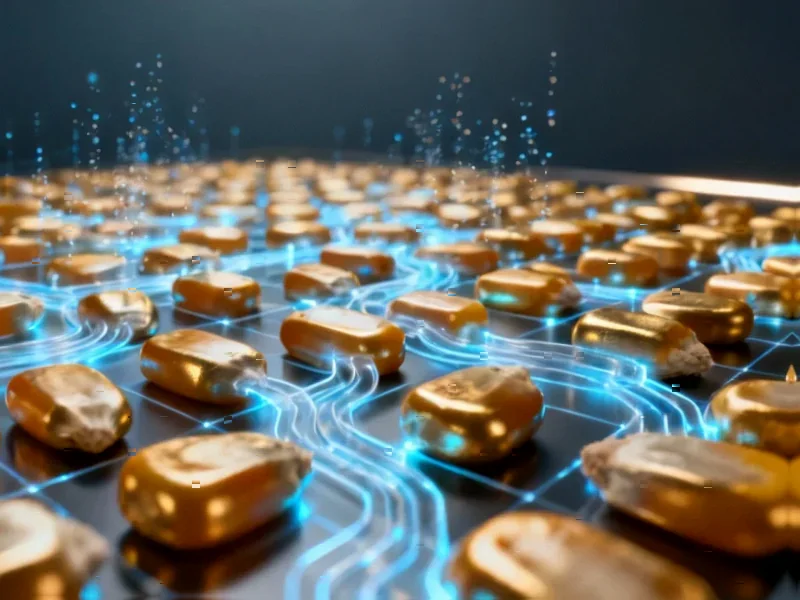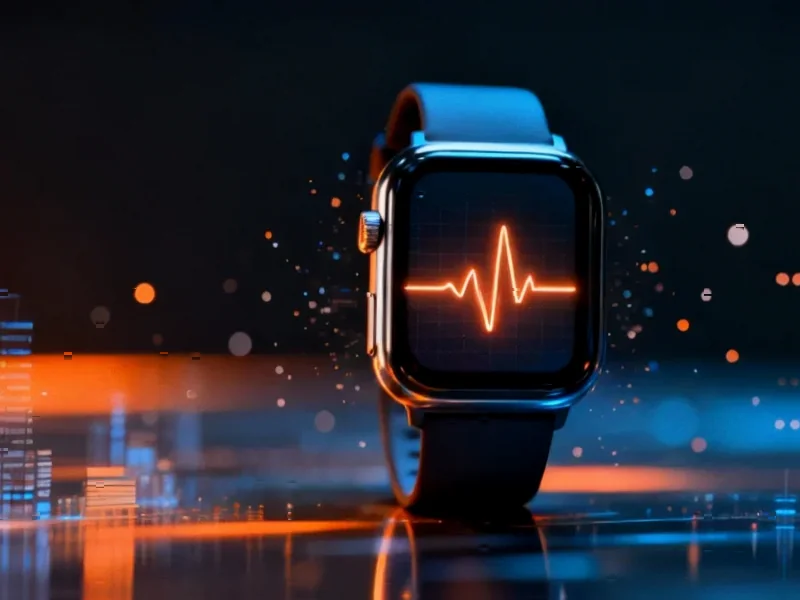The Hidden Diversity of Medicine’s Microscopic Delivery Trucks
For years, scientists viewed lipid nanoparticles (LNPs) as uniform delivery vehicles—identical microscopic trucks carrying precious therapeutic cargo to cells. This assumption powered groundbreaking treatments from COVID-19 vaccines to gene therapies, but new research reveals we’ve been overlooking crucial architectural differences that could dramatically improve medical treatments.
Table of Contents
- The Hidden Diversity of Medicine’s Microscopic Delivery Trucks
- From Marbles to Jelly Beans: Rethinking Nanoparticle Structure
- Illuminating the ‘Black Box’ of Nanomedicine
- Three-Pronged Approach Reveals Structural Secrets
- Preparation Methods Matter: The Cookie Analogy
- Toward Rational Design of Next-Generation Therapies
- The Future of Personalized Nanomedicine
A groundbreaking collaboration between the University of Pennsylvania, Brookhaven National Laboratory, and Waters Corporation has uncovered that LNPs exhibit remarkable structural diversity, with significant implications for how effectively they deliver treatments to specific tissues and cells. Published in Nature Biotechnology, their findings challenge the one-size-fits-all approach that has dominated nanomedicine development.
From Marbles to Jelly Beans: Rethinking Nanoparticle Structure
“We used to think LNPs looked like marbles, but they’re actually more like jelly beans—irregular and varied, even within the same formulation,” explains Kushol Gupta, Research Assistant Professor in Biochemistry and Biophysics at Penn’s Perelman School of Medicine and co-senior author of the study.
This structural variation isn’t merely cosmetic. The research team discovered that a particle’s internal architecture directly correlates with its delivery efficiency. Some configurations proved more effective at reaching immune cells, while others showed superior performance in cancer cells or animal models.
Michael J. Mitchell, Associate Professor in Bioengineering and the paper’s other co-senior author, compares the discovery to recognizing different vehicle types: “Just as pickups, delivery vans and freight trucks best suit different journeys, we can now begin to match LNP designs to particular therapies and tissues.”, according to industry reports
Illuminating the ‘Black Box’ of Nanomedicine
For years, LNP development has relied heavily on trial and error. Researchers knew that chemical modifications produced different biological effects, but understanding why remained elusive.
“These particles are something of a ‘black box,'” acknowledges Marshall Padilla, a Bioengineering postdoctoral fellow and the paper’s first author. “We’ve known that different ingredients and techniques change the outcomes, but we’ve had to develop new formulations mostly through experimentation rather than design.”, according to industry reports
The breakthrough came from applying multiple complementary visualization techniques that preserved the particles’ natural state in solution. Previous methods often required freezing or tagging particles with fluorescent materials, potentially altering their structure and masking important variations., according to recent research
Three-Pronged Approach Reveals Structural Secrets
The team examined four established LNP formulations, including those used in COVID-19 vaccines and the FDA-approved therapy Onpattro. Their multi-technique approach included:
- Sedimentation velocity analytical ultracentrifugation (SV-AUC): Separating particles by density through high-speed spinning
- Field-flow fractionation coupled to multi-angle light scattering (FFF-MALS): Gently separating particles by size while measuring nucleic acid distribution
- Size-exclusion chromatography with synchrotron small-angle X-ray scattering (SEC-SAXS): Probing internal structures using powerful X-ray beams at Brookhaven’s National Synchrotron Light Source II
This comprehensive approach allowed researchers to cross-validate findings, ensuring they captured the true diversity of LNP architectures.
Preparation Methods Matter: The Cookie Analogy
Interestingly, the research revealed that preparation techniques significantly impact particle characteristics and potency. Microfluidic devices produced more consistent shapes and sizes, while hand mixing with micropipettes created greater variation—and sometimes better performance in specific contexts.
“It’s kind of like baking cookies,” explains Hannah Yamagata, a doctoral student in the Mitchell Lab. “You can use the same ingredients, but if you prepare them differently, the final product will have a different structure.”, as as previously reported
This finding challenges the assumption that consistency always equals quality in nanoparticle manufacturing, suggesting that controlled variation might sometimes be beneficial.
Toward Rational Design of Next-Generation Therapies
The implications extend far beyond academic interest. By understanding how structural variations affect delivery efficiency, researchers can now design nanoparticles tailored to specific therapeutic needs.
“This paper provides a road map for designing LNPs more rationally,” says Mitchell. “Rather than assuming a single ‘best’ formulation, we now know that particle size, shape, internal structure and preparation method must be matched to the therapeutic context.”
The collaborative nature of the research—bringing together academic, industrial, and national laboratory expertise—proved essential to the breakthrough. As Martin Kurnik, Wyatt Technology Principal Scientist at Waters Corporation, notes: “We’ve been developing methods to measure both lipid nanoparticle size and their drug content without breaking the particles apart. This collaboration allowed us to see them from multiple angles simultaneously.”
The Future of Personalized Nanomedicine
While some tools used in the study, like particle accelerators, remain inaccessible to most labs, many techniques can be replicated with more common equipment. As more researchers generate structural and functional data, the field could assemble the comprehensive datasets needed to train AI systems for LNP design.
Ultimately, these findings point toward a future where nanoparticles can be engineered with pharmaceutical precision, opening new possibilities for treating cancer, genetic disorders, and infectious diseases with unprecedented efficiency and specificity.
“These particles have already proven themselves in the clinic,” Gupta concludes, “and these insights will make them even more powerful by helping us tailor delivery to specific diseases more quickly.”
Related Articles You May Find Interesting
- New AI Framework GraphPep Transforms Peptide Drug Discovery Through Interaction-
- RNA Structural Barriers Enhance CRISPR-Cas13 Diagnostic Precision and Mismatch D
- Breakthrough Solar-Powered Catalyst Converts Ethane to Ethylene with Near-Perfec
- Breakthrough Retinal Implant Restores Reading Ability in Macular Degeneration Pa
- Breakthrough in Ferroelectric Transistors Enables Polarity-Controlled Memory and
References
This article aggregates information from publicly available sources. All trademarks and copyrights belong to their respective owners.
Note: Featured image is for illustrative purposes only and does not represent any specific product, service, or entity mentioned in this article.



